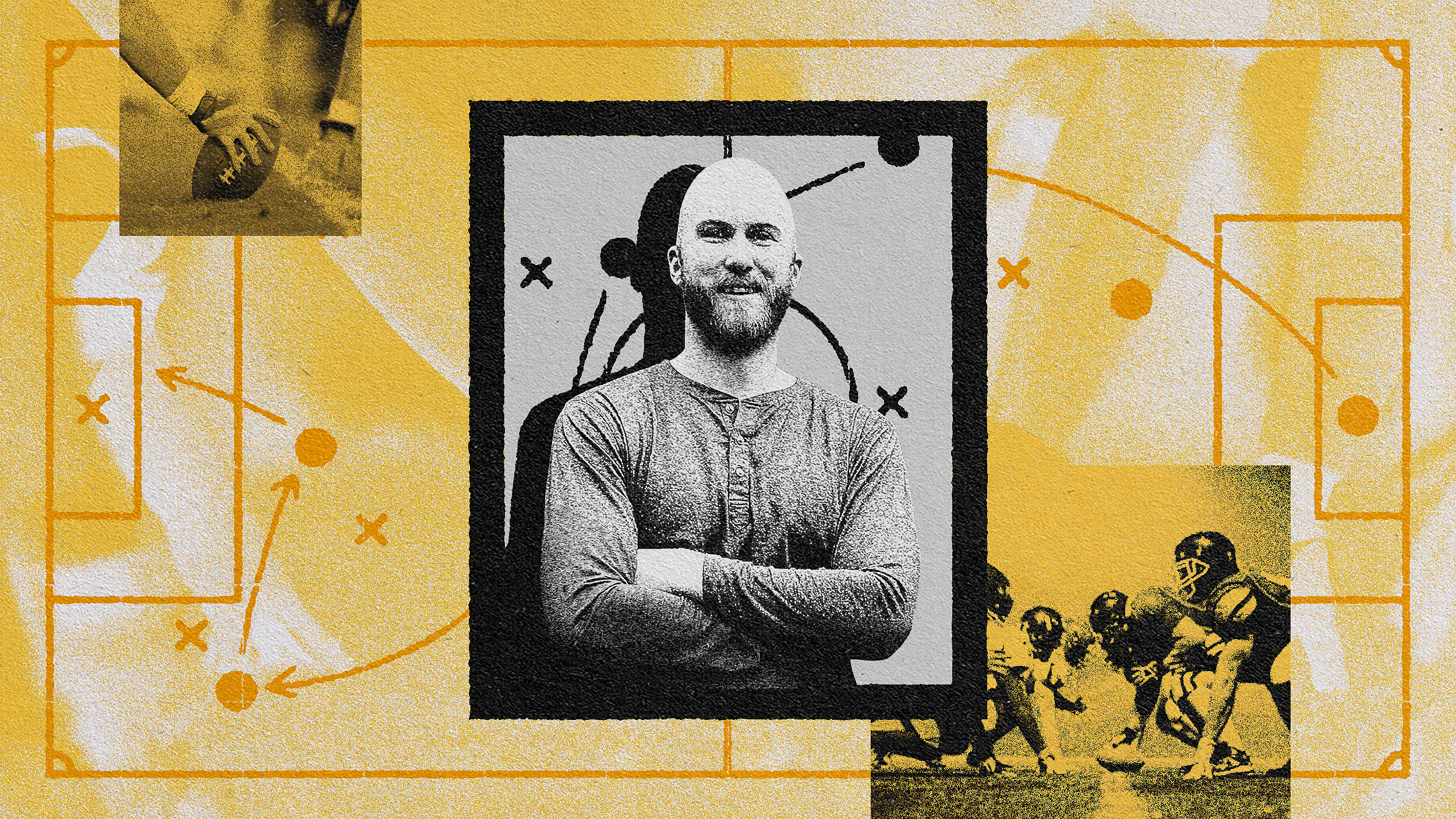MICHELLE TILLIS LEDERMAN: I always say start by being curious. I think about it in four steps. And step one is ask – ask a question you actually want to know the answer to, and one that you might be willing to share a little information on as well. You want to ask an open-ended question to get somebody talking. And when you're thinking about, 'Well what do I ask a question about?' well, you could think about the environment you're in, you could think about the event you're at, you could think about the geographic region: "Hey know any good restaurant in the area?" You could think about what's in the news right now. And you never know where they might lead – and that's where part two comes in.
Part two is listen and probe or listen and share. So listen and probe – obviously the key is 'listen' because when you're asking a question you need to not think about what you need to say next, you need to think about what are they saying and where could that conversation take us. If they've said something that you're curious about keep going – probe a little further. Be careful not to interrogate; it's not machine-gun questions at somebody, but it's a probing question to learn a little bit more. And then interject with listen and share, so you can create those 'you too, me too' moments of sharing your perspective or your experience or your ideas on whatever that topic might be.
Three is to look and connect. In connect, we're looking for those similarities, those commonalities. What makes us say, "I want to continue this relationship." What is the 'you too, me too' moment because people like people like them. And they like people who they have associations with. So do we have commons interests? Do we have common values? Do we have common experiences? Do we have common goals? Do we have common needs? And really look for surprise commonalities. They're not always there and obvious on the surface. I always say call out the similarities not the differences.
When you're in stage three, this is when you're thinking about what's our next point of contact? What did we talk about that I might be able to follow up with? Did they need a plumber for that weather happening? Did they need information about a place they're going on vacation and I might have a travel agent or a hotel recommendation? What was it that you talked about that can lead to that next point of contact? And if there wasn't something specific well, we always have just connecting virtually. LinkIn to them or connect to them on whatever other social platform they are on.
And once we have that next point of contact we're ready for step four of the conversation, which is actually the close. When you close the conversation down be sure to manage the mood memory. Mood memory is how somebody feels; they don't remember what you said, but they remember how they felt in the conversation with you. And you want to make sure that you don't ruin that mood memory right at the end when you're looking at your watch or over the shoulder trying to think about 'How do I get out of this?'.
Think about an exit strategy that maintains that energy that you created in the conversation. A couple of my favorites are asking them to see if they want a drink, "Hey I'm going to grab a drink would you like one?" They may come with you, they may not but in that movement you enable other things to happen within the conversation or natural separation. It might be a trip to the restroom and most of the time they won't follow you but you never know with women, we like to go in pairs. It could be you know, "Hey it was great chatting – it looks like someone over there would like to join our conversation – let's go invite them in." And it wouldn't be that you're ending that conversation, it's that you're expanding it.





